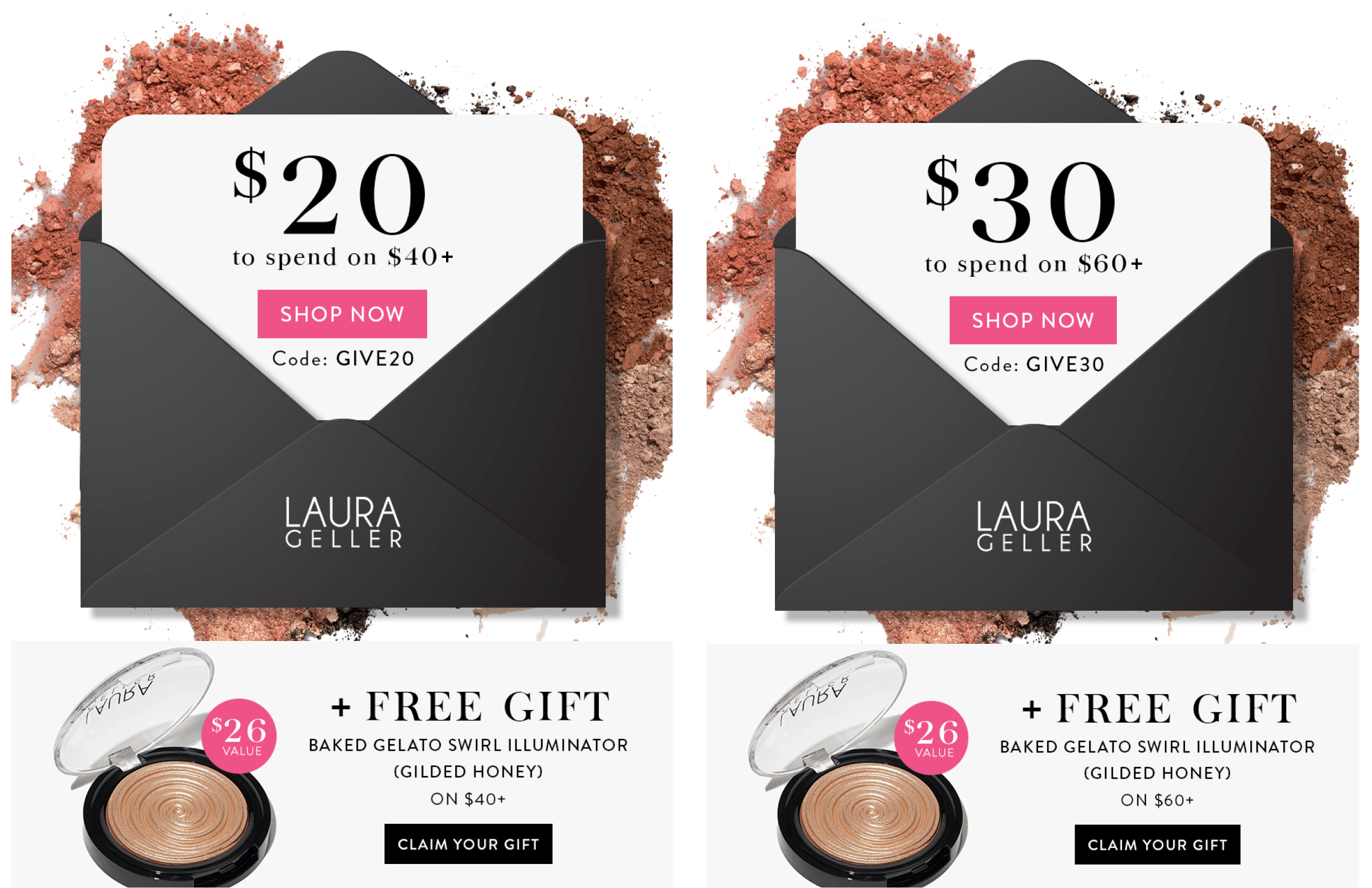Komal Helyer, Vice President Marketing at Pure360, shares her insights on the 2021 Alchemy Worx Consumer Survey.
Maslow’s Hierarchy of needs, developed in the 1940’s by Abraham Maslow, is used regularly to explain human behavior. In or out of a crisis this methodology can explain why consumers behave as they do. And it’s very interesting to see this research reinforce the messaging behind the approach by Maslow.
Before we dive into the data a brief description on the 5 stages of needs in Maslow’s pyramid.

1. Physiological Needs – Such as basics of food, water, clothing and shelter
2. Safety and Security – Including health, employment, property, family and social stability
3. Love and Belonging – Encompassing friendship, family, intimacy, sense of connection
4. Self Esteem – Which can include confidence, achievement, gaining the respect of others
5. Self-Actualization – At this stage humans are seeking morality, creativity, and exploring their inner potential
Maslow describes human needs as a ladder, as you realize each stage you seek the next, but the bottom 2 or 3 must always be fulfilled and in times of a crisis they become the most important needs to fulfill. No one needs to be reminded of the toilet paper wars, or the run on food, face masks and antibacterial lotions as consumers shift priorities to keep fed, safe, healthy and clean.
We can see from the data that when asked about spending right now there is no doubt that most consumers are cautious (43%) and hesitant (26%). As marketers we need to remember that many consumers are still suffering the fallout from the pandemic. Across the world we’re still in a rollercoaster of lockdowns, new variants and waves, causing loss of jobs and therefore income to spend. It’s no wonder consumers are wary. We need to ensure we reflect this in our messaging and tone.
There is a potential nuance – and that is age. The data shows very clearly that those age18-34 are much more optimistic (18%), excited (18%) and eager (13%) in comparison to their older cohorts. Whilst generalizations are dangerous, it has been documented that most Gen Z and Millennials are desperate to get on with life, and whilst they will be cautious, they will want to start spending again as they resiliently develop a new normal.
When we look at what drives purchases Maslow’s hierarchy of needs is represented in the data with over 51% of consumers still focussed on purchasing essentials, proving that in a crisis that consumer behavior reverts to the first 2 or 3 stages of the pyramid of needs. However, again, we can see a difference in age. Whilst thoseAged 55+ spending decisions are focussed on essentials (64%), the younger cohort are less focussed just on essentials (36%). We can also see that for theAged 18-34 group the need to look good amongst their peers (Stage 4.Self-esteem) is important to them, with many feeling more pressure to keep up with trends (10%) and their friends and family (10%) compared to those aged 55+who feel little or no pressure to keep up with trends (0%) or their peers (1%).
Another interesting set of data to take a look at is engagement with marketing. Whilst across all age groups it seems that marketing has a little influence on consumer purchasing behavior, the 18-24 cohort are more heavily influenced by social media (14%), Email (16%) and SMS (12%).
When thinking about purchases planned for the next 6 months what’s interesting is that all age groups plan to make purchases for others (28%) and also treat themselves(26%). Whilst weighted more to the younger group this is true for all ages.This shows some consumer optimism as more people are vaccinated and we a collective hope for a bright future. We also see all responders thinking about the higher stages of the hierarchy of needs of self-esteem and self-actualization, where the data shows that consumers will actively avoid brands if they don’t support their views on ethics & sustainability (16%) and diversity (10%).
As we can see from the data – there isn’t a broad-brush approach that we can apply to our marketing efforts. A one size fits all is archaic and isn’t representative of our customer base. We must embrace personalization – whether you apply that based on persona or needs is up to your business requirements. But what’s certain is that if you don’t it will have an impact on how well you serve your customer and the success of your business. The democratization of marketing technology means that well planned strategies can be executed with the help of your technology and agency partners. The future is bright, if you get it right.
Learn More
Download the Alchemy Worx white paper, How the Shift in Consumer Sentiment Could Impact Your Holiday Season to learn more.





